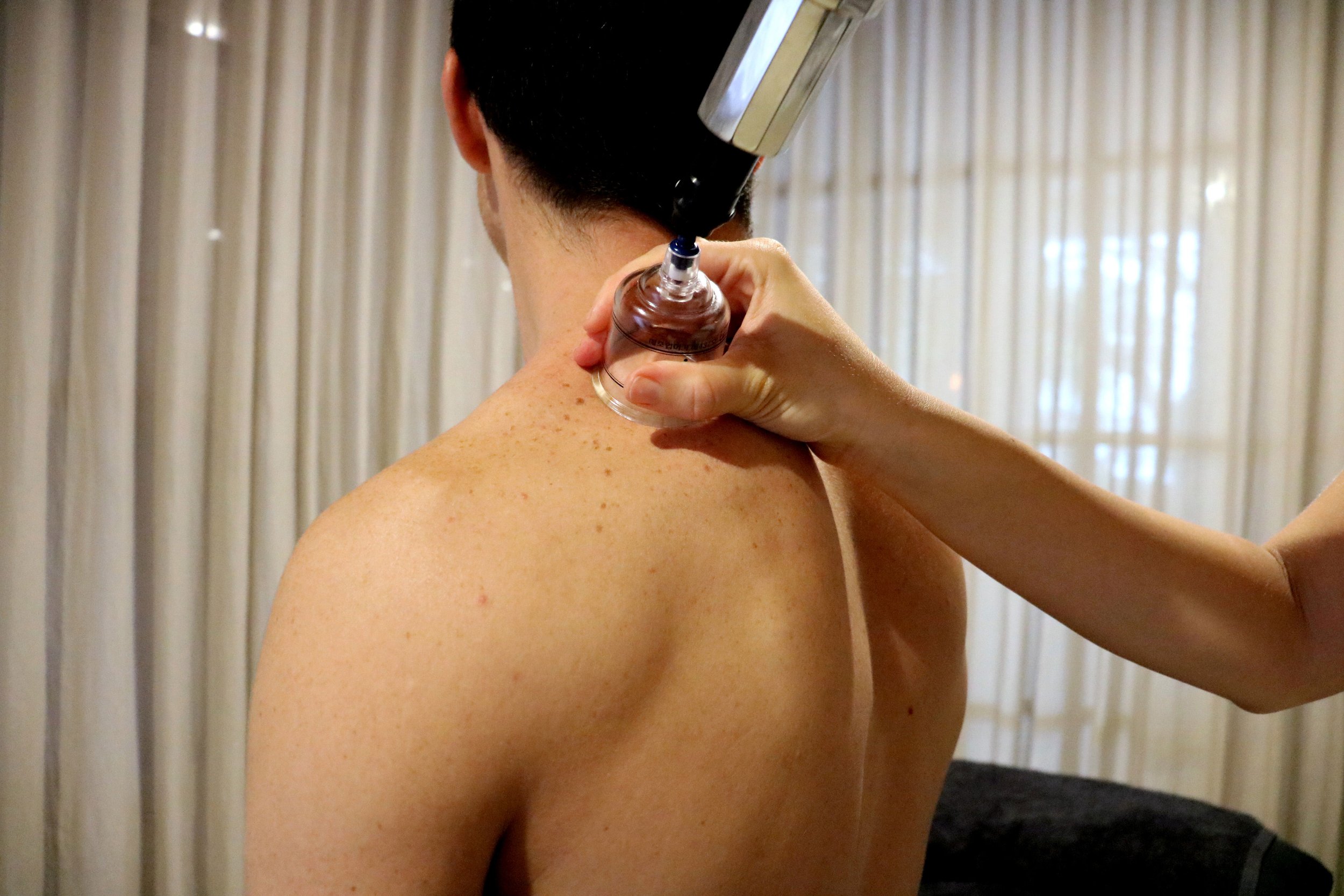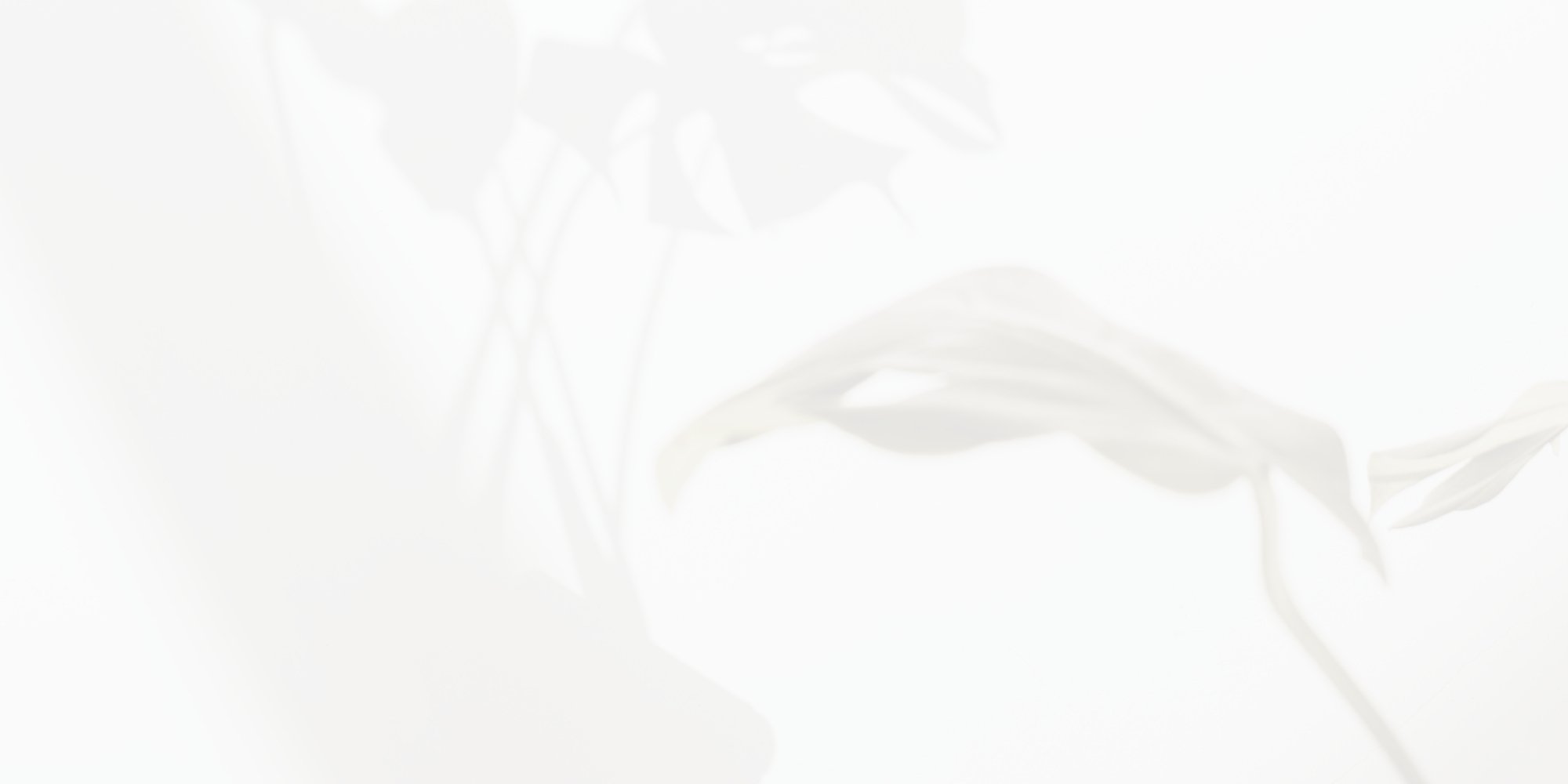Dry Needling and Cupping
Dry Needling
Dry needling involves the insertion of thin needles into specific trigger points or tightened bands of tissue within a muscle.
It is used to release muscle tension, reduce pain, improve range of motion and stimulate tissue healing.
What is Dry Needling?
Dry Needling involves the precise insertion of thin, solid needles into trigger points within muscles, to stimulate the tissue healing process. The primary objective of Dry Needling is to release tension, improve blood flow, and promote the body's natural ability to heal.
Trigger points or tightened bands of tissue within a muscle often result from injuries, overuse, poor posture, or stress. When the needle is inserted into these points, it creates a localised response, relaxing the muscle fibers and promoting blood circulation. This process aids in reducing muscle tension, alleviating pain, and facilitating tissue healing. At our clinic it is always used as part of a wider treatment plan.
Benefits of dry needling
Pain Relief: One of the main reasons individuals choose to have Dry Needling is for pain relief. By targeting trigger points, this technique may help reduce muscular tension and soreness and relieve pain and discomfort.
Improved Flexibility and Range of Motion: Dry Needling may enhance mobility and flexibility by releasing tight muscles, thereby improving joint mobility and range of motion.
Accelerated Healing: Dry Needling promotes the body's natural healing processes. It can therefore aid in tissue repair, reducing recovery time from injuries and enhancing overall rehabilitation.
Compliment to Osteopathic Treatment: When integrated into Osteopathic care, Dry Needling can add to the effectiveness of other therapies such as manual manipulation, stretching exercises, and soft tissue techniques, leading to holistic and effective treatment outcomes.
Common Conditions we use dry needling for:
Headaches & Neck Pain
Low Back Pain
Jaw Pain
Shoulder Injuries
Elbow & Wrist Pain
Plantar Facitiis
Ankle & Foot Injuries
Knee Pain
Arthritis Management
Fibromyalgia
Rib Sprain/Pain
Chronic Pain
Hip Pain
Sports Injuries & Rehabilitation
Overuse Injuries
Exercise Rehabilitation
Tennis Elbow
Runners Knee
Achilles Tendinitis
Frozen Shoulder
Sciatica
Scoliosis
Whiplash
Vertigo
Coccydynia
Vaginismus
Pregnancy Care
Breastfeeding Discomfort
& many more!
What is the difference between Acupuncture & Dry Needling?
Acupuncture, a traditional Chinese medicine practice, involves inserting fine needles at specific points along energy pathways, or meridians, to balance the body's energy and promote overall wellness. Dry needling, on the other hand, is a modern technique used to target trigger points and muscle knots, aiming to relieve pain and improve muscle function. While both methods involve needle insertion, their techniques and therapeutic goals differ, with acupuncture focusing on energy pathways and dry needling musculoskeletal tissue.
What is Cupping
Cupping is a traditional technique that involves placing cups on the skin to create suction. This suction gently draws the skin and superficial muscle layer into the cup, promoting blood flow, reducing muscle tension, and relieving pain. Cupping is often used to treat various conditions such as muscle pain, inflammation, back pain and stress.
At our clinic cupping is always used as part of a wider treatment plan.
How does Cupping work?
Cupping involves placing specialised cups on the skin to create suction, promoting blood flow to the affected area and stimulating the body's natural healing processes. Traditionally, cupping was used in Chinese medicine to balance the body's vital energy, known as Qi. In Osteopathy, cupping is employed as part of a broader treatment strategy to address musculoskeletal issues and enhance overall well-being.
1. Improved Circulation: Cupping creates a vacuum effect, drawing blood to the targeted areas. This increased blood flow can enhance oxygen and nutrient delivery, promoting tissue healing and reducing inflammation.
2. Muscle Tension Relief: The suction created by cupping helps release tight muscles and fascia, providing relief from chronic muscular tension. This can be particularly beneficial for individuals suffering from conditions like back pain, neck pain, or headaches.
3. Detoxification: Cupping is believed to help the body eliminate toxins by promoting lymphatic drainage. Osteopaths may use cupping as part of a holistic approach to support the body's natural detoxification processes.
4. Stress Reduction: Cupping sessions can have a relaxing effect on the nervous system, potentially reducing stress and promoting a sense of well-being.
Book an appointment.
Can’t find the appointment you are after?
Call us on +61 0405 640 786 or send us an email at info@tugunosteopathy.com.
WHAT TO KNOW ABOUT














